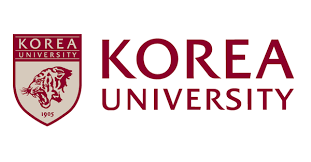Korea University: Ascorbate employed in the treatment of cancer cells overexpressing a glucose transporter
The development of chemicals that efficiently target specific cancer cells and maximize therapeutic responses has been a key research topic for many years.
Recently, a local research team succeeded in using vitamin C (ascorbate) to target cancer cells overexpressing glucose transporter 1 (GLUT1) and thereby significantly enhance therapeutic effects, opening new possibilities for anticancer agents.
Ascorbate, generally known as an antioxidant, is selectively toxic to cancer cells under certain conditions. Its oxidized form is dehydroascorbic acid, which has a 3D structure similar to glucose and thus can be transported into cells by GLUT1. Dehydroascorbic acid causes the depletion of glutathione, the key to maintaining redox balance in cancer cells. In this process, it is converted back to ascorbate and then acts as a pro-oxidant.
Professor Kim Jong-seung of the Department of Chemistry and Professor Chi Sung-gil of the Department of Life Sciences focused on how ascorbate leads to high pro-oxidant activity in cancer cells overexpressing GLUT1. They fabricated a new anticancer agent by connecting ascorbate to a photosensitizer and evaluated its effectiveness as a pro-oxidant in targeting GLUT1-overexpressed cancer cells and enhancement of photodynamic therapeutic effects.
The proposed anticancer agent accumulated in cells at varying amounts depending on the overexpression of GLUT1, showing high accumulation rates in GLUT1-overexpressed cancer cells. The team demonstrated through cell and mouse tumor models that the agent is more effective in removing GLUT1-overexpressed cancer cells than phototheraputic approaches without ascorbate.
The two professors said, “It was fascinating to discover the possibilities of vitamin C as a targeting unit, and we plan to conduct further research to develop more effective anticancer agents.”
This study was supported by the National Research Foundation of Korea. Basic Science Research Program, and 2018 Korea University Research Fellow Grant. The results were published in the online version of Angewandte Chemie (Impact factor: 15.336), a leading international journal of the German Chemical Society, on February 19.

